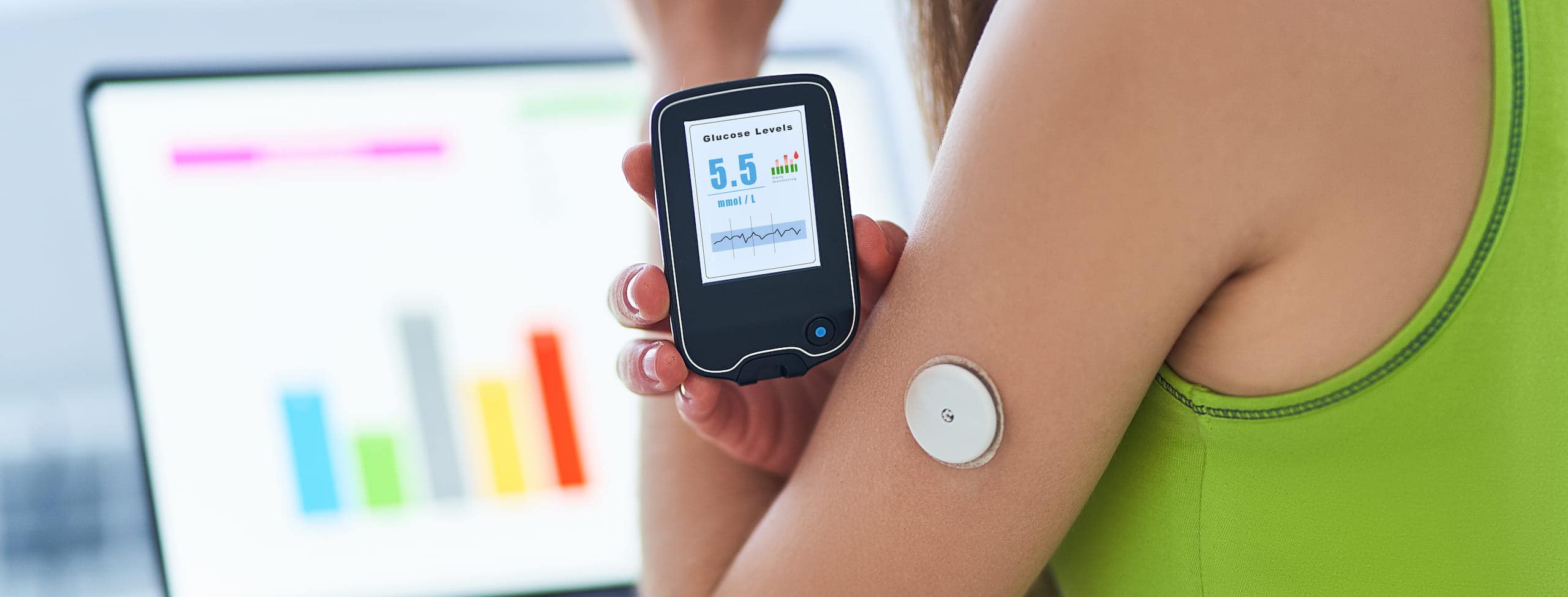Five considerations for developing digital therapeutics patent portfolios
Pharmaceutical innovators are well acquainted with traditional strategies for maximizing regulatory and intellectual property protections for their therapeutics, including compositions of matter, new drug formulations, new uses for existing drugs, and drug-device combinations.
However, a new trend appears to be emerging for extending pharmaceutical protections: using digital therapeutics and other digital health applications. For example, Bayer collaborated with One Drop to develop a range of digital health products. Devising exclusivity strategies for software-based innovations can be challenging for those most familiar with protecting traditional therapeutics because patenting and protecting software-based innovations requires a skillset that most pharmaceutical innovators are not accustomed to using.
Digital therapeutics platforms represent an emerging growth driver for pharmaceutical companies. Therefore, it is critical that pharmaceutical decision-makers and innovators adopt strategies to protect their digital therapeutic assets.
The following are five key considerations for developing a digital therapeutic patent portfolio:
- Patent strategies will differ for stand-alone versus “around-the-pill” digital therapeutics. A stand-alone digital therapeutic is a software application designed to provide a therapeutic effect for a condition without additional interventions. An around-the-pill digital therapeutic is a software application that is designed to be used in combination with a conventional pharmaceutical to provide a therapeutic effect for the individual.
- Because stand-alone digital therapeutics are purely software, they should be approached with a patent strategy that would be appropriate for protecting any software-based innovation. However, a comparatively large number of strategies can be employed for around-the-pill digital therapeutics because the protectable innovation could lie either in the digital therapeutic or the combination of a drug and the digital therapeutic. One strategy may be to frame a pharmaceutical in combination with the digital therapeutic as a method of treatment.
- The level of disclosure required for solely software-based patent applications may be surprising for individuals more accustomed to patenting pharmaceuticals. Generally, software-based inventions require much less disclosure. However, patent applications for around-the-pill digital therapeutics should have a level of disclosure and supporting data generally consistent with pharmaceutical patent applications.
- Subject matter eligibility will be a key issue for patenting both types of digital therapeutics. One technique to overcome the subject matter eligibility issue may be to frame the digital therapeutic as a treatment method. The Federal Circuit has confirmed that treatment methods are patentable[1], and they can thus be used to bridge the gap to subject matter eligibility.
- Around-the-pill digital therapeutics are a nascent technology, and proper strategies for their patent protection are still being explored. Despite this being an emerging field, provide a new opportunity for pharmaceutical companies to extend the patent exclusivity for their innovative products.
Find out more about strategies for developing your digital therapeutics patent portfolio by contacting any of the authors.
1 Vanda Pharmaceuticals Inc. v. West-Ward Pharmaceuticals, 887 F.3d 1117 (Fed. Cir. 2018).



